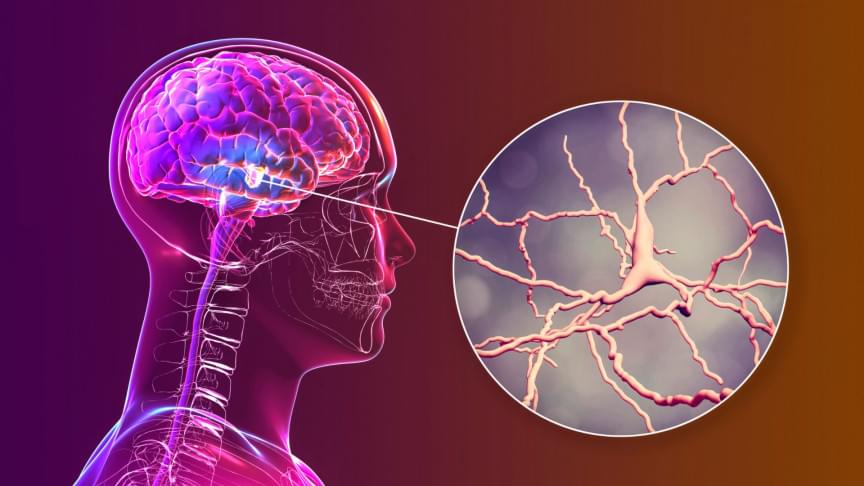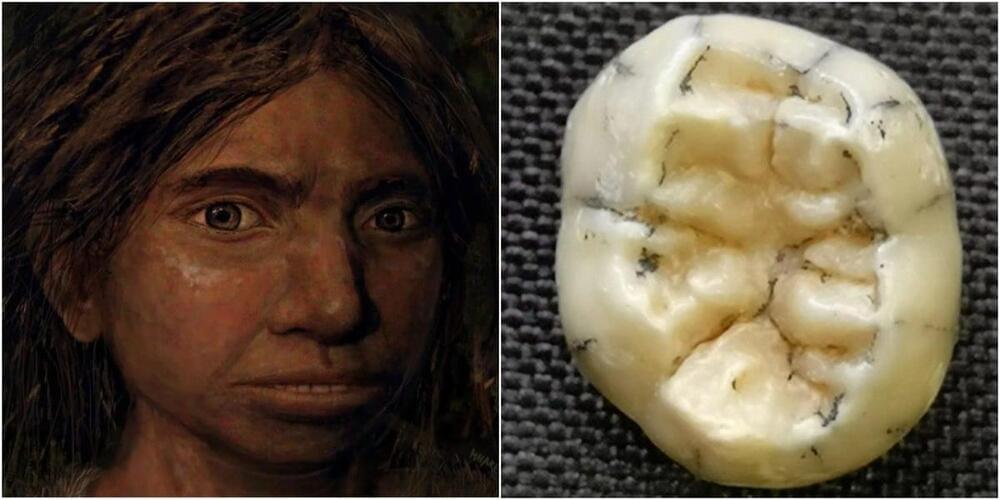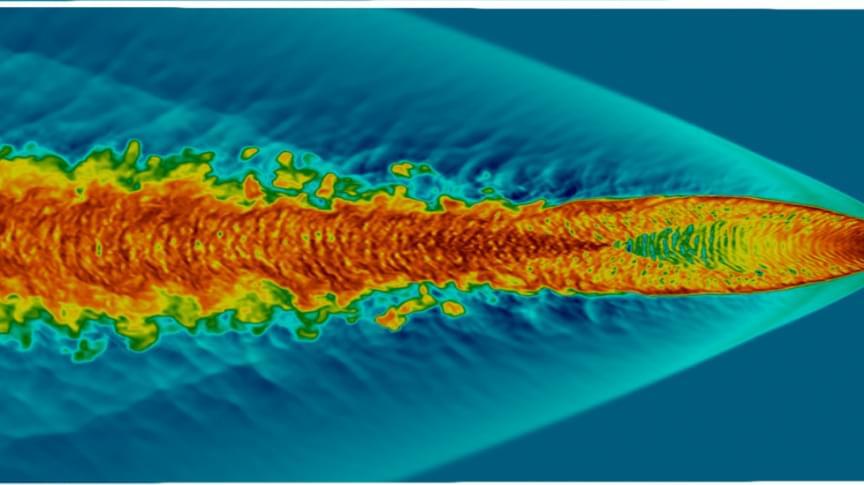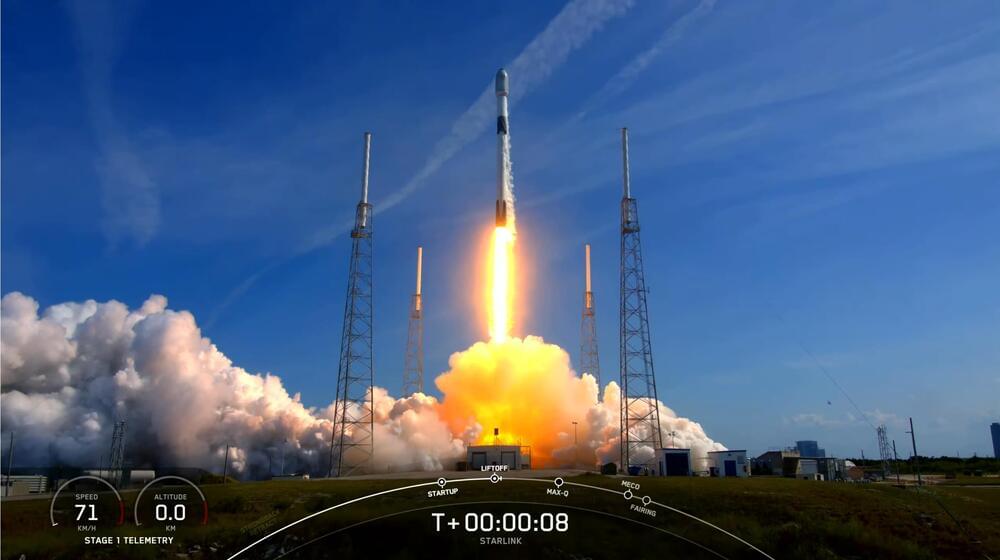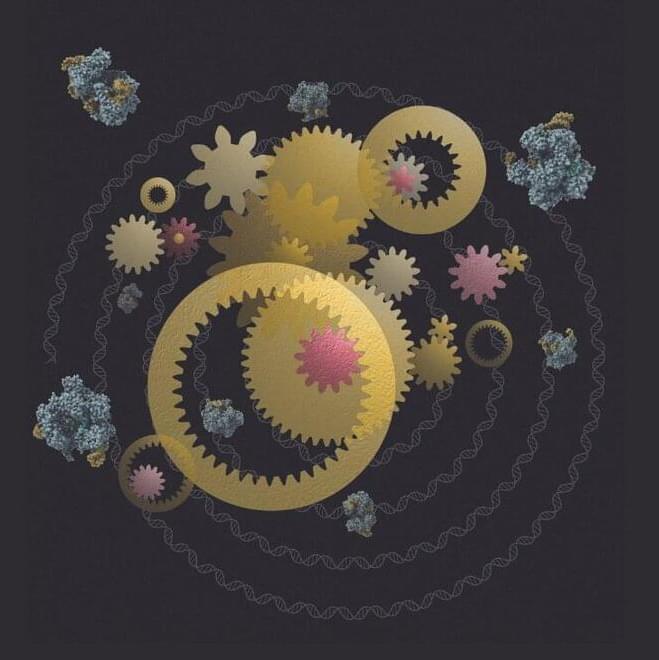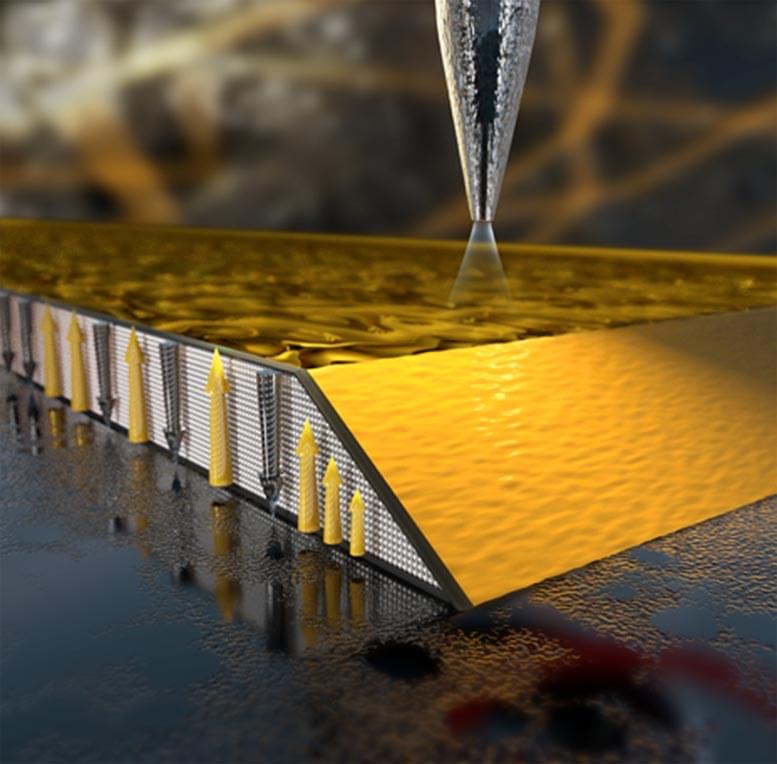
Working with the tiniest magnets, Hebrew University discovers a new magnetic phenomenon with industrial potential.
For physicists, exploring the realm of the very, very small is a wonderland. Totally new and unexpected phenomena are discovered in the nanoscale, where materials as thin as 100 atoms are explored. Here, nature ceases to behave in a way that is predictable by the macroscopic law of physics, unlike what goes on in the world around us or out in the cosmos.
Dr. Yonathan Anahory at Hebrew University of Jerusalem (HU)’s Racah Institute of Physics led the team of researchers, which included HU doctoral student Avia Noah. He spoke of his astonishment when looking at images of the magnetism generated by nano-magnets, “it was the first time we saw a magnet behaving this way,” as he described the images that revealed the phenomenon of “edge magnetism.”


